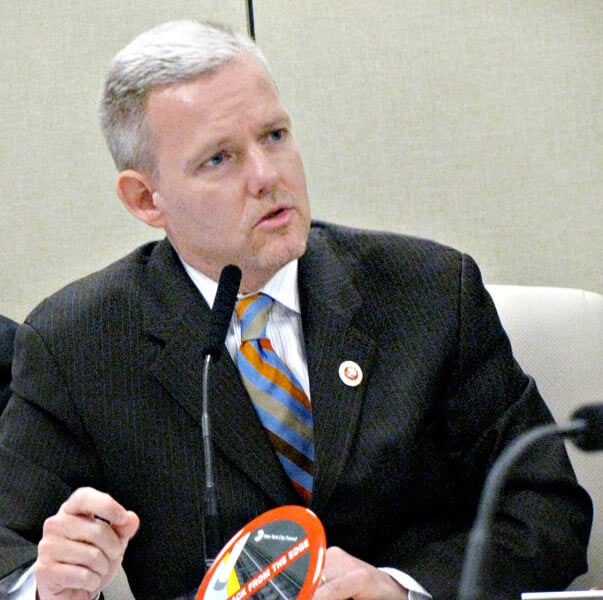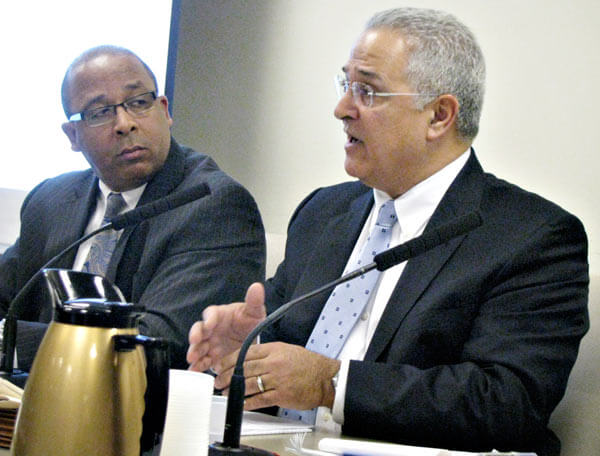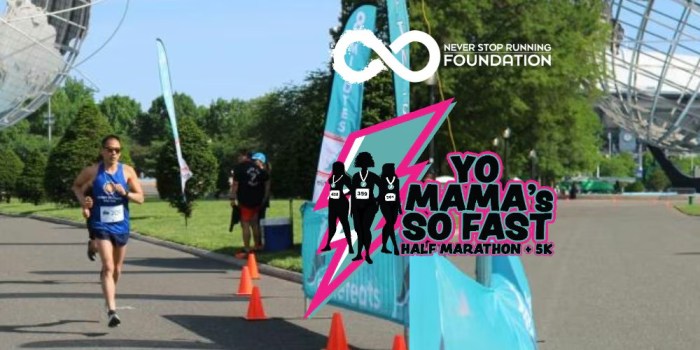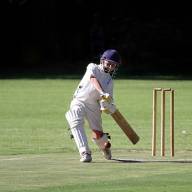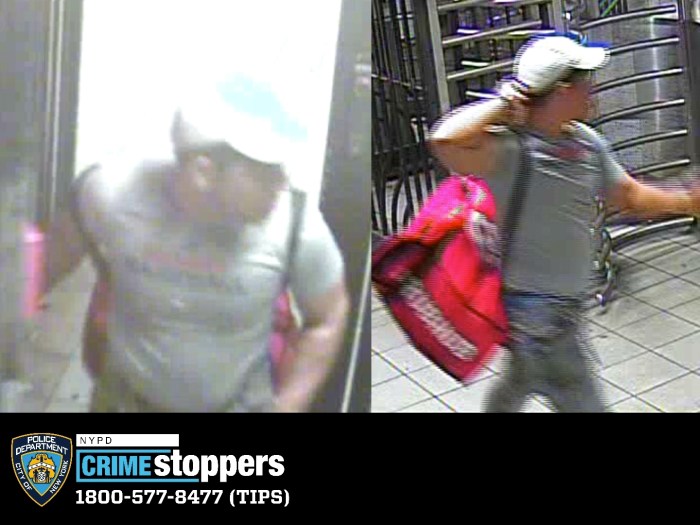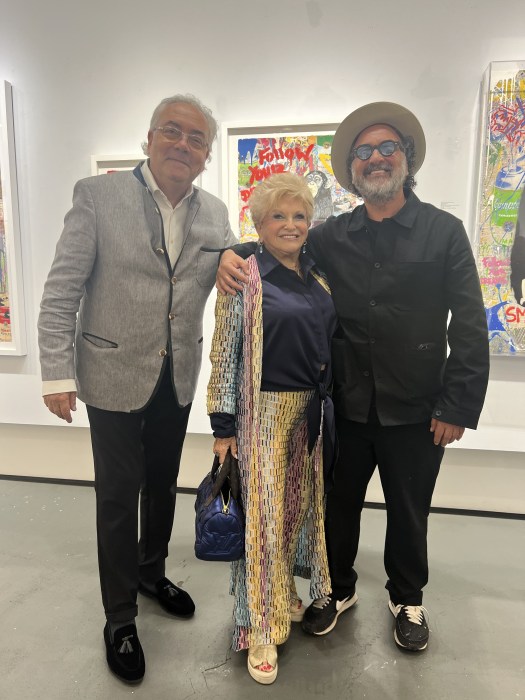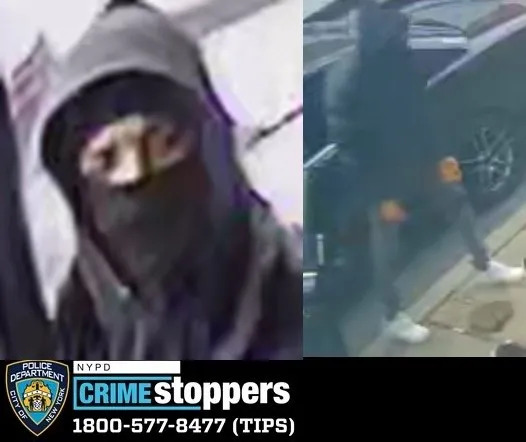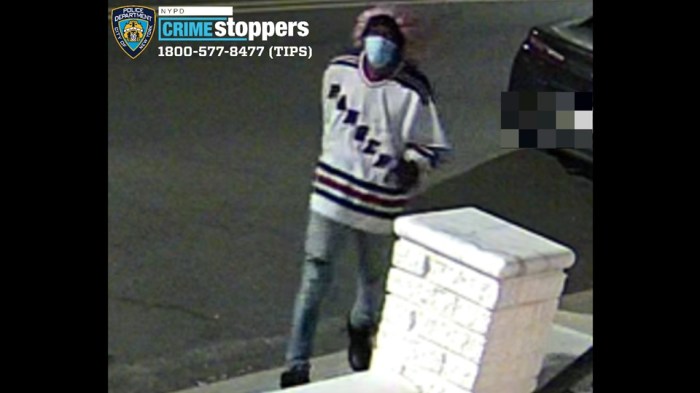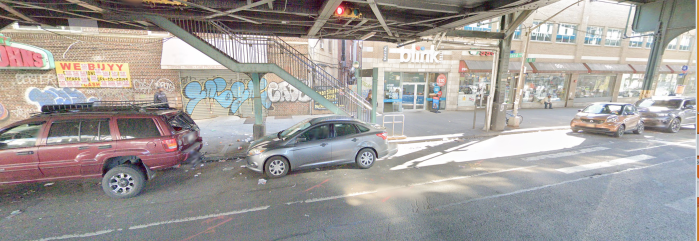By Philip Newman
City Councilman James Vacca (D-Bronx) convened a public hearing last week to try to determine what can be done to reduce the number of people struck by subway trains, declaring “one death on our city’s subway tracks is one death too many.”
The Feb. 7 hearing was convened after two highly publicized subway incidents late last year in which an Elmhurst man was pushed onto the tracks in midtown Manhattan and another Elmhurst resident was shoved off the platform in Sunnyside,
“We must take steps to prevent these tragedies from happening as other cities around the world have done,” said Vacca, chairman of the Council’s Transportation Committee.
The Metropolitan Transportation Authority said the agency has considered a number of possible solutions, including infrared sensors and barriers between the platform and the track.
Local 100 of the Transport Workers Union, which represents thousands of subway workers, said the answer was for subway operators to slow to 10 mph as they approached stations.
“That’s not an option,” said Carmen Bianco, senior vice president for subways, who testified for more than an hour in an exhaustive report and answered questions about the agency’s activities in search of a solution to deaths involving people who fall, are pushed or throw themselves onto the tracks. Bianco said a slowdown would bring overcrowding and reduce the number of trains per hour from 27 to 22.
“It’s just not feasible in our system,” Bianco said. “It would prolong every commuters’ trip and worsen crowding in trains.”
Bianco said the MTA was in the process of conducting a pilot project involving “Intrusion Detection” to alert train operators to people on the tracks. The agency also has explored using platform barriers.
Last year 141 people were hit by subway trains in the city system, resulting in 55 deaths.
Councilman Jimmy Van Bramer (D-Sunnyside), in whose district Sunando Sen was pushed to his death Dec. 27, asked how many subway stations were equipped with cameras.
MTA officials said they did not have the information but would furnish it.
“Many of my constituents were surprised that the stations where this tragedy occurred had no cameras,” he said.
Besides Van Bramer, other Transportation Committee members — Council members Peter Koo (D-Flushing), Elizabeth Crowley (D-Middle Village) and Leroy Comrie (D-St. Albans) — attended the hearing.
John Samuelson, president of Local 100 of the TWU, said most of the MTA’s suggestions on how to reduce subway platform deaths were “pie in the sky,” adding that the agency was out of touch with most subway users.
The union distributed at the hearing replicas of MetroCards bearing the Grim Reaper, simulated blood-spatters and suggestions for lessening subway deaths, including slowing down trains as they enter a station, assigning MTA agents to crowded platforms and installing emergency power shut-offs on tracks on station booths.
The TWU is involved in labor negotiations with the MTA.
Reach contributing writer Philip Newman by e-mail at timesledgernews@cnglocal.com or phone at 718-260-4536.

